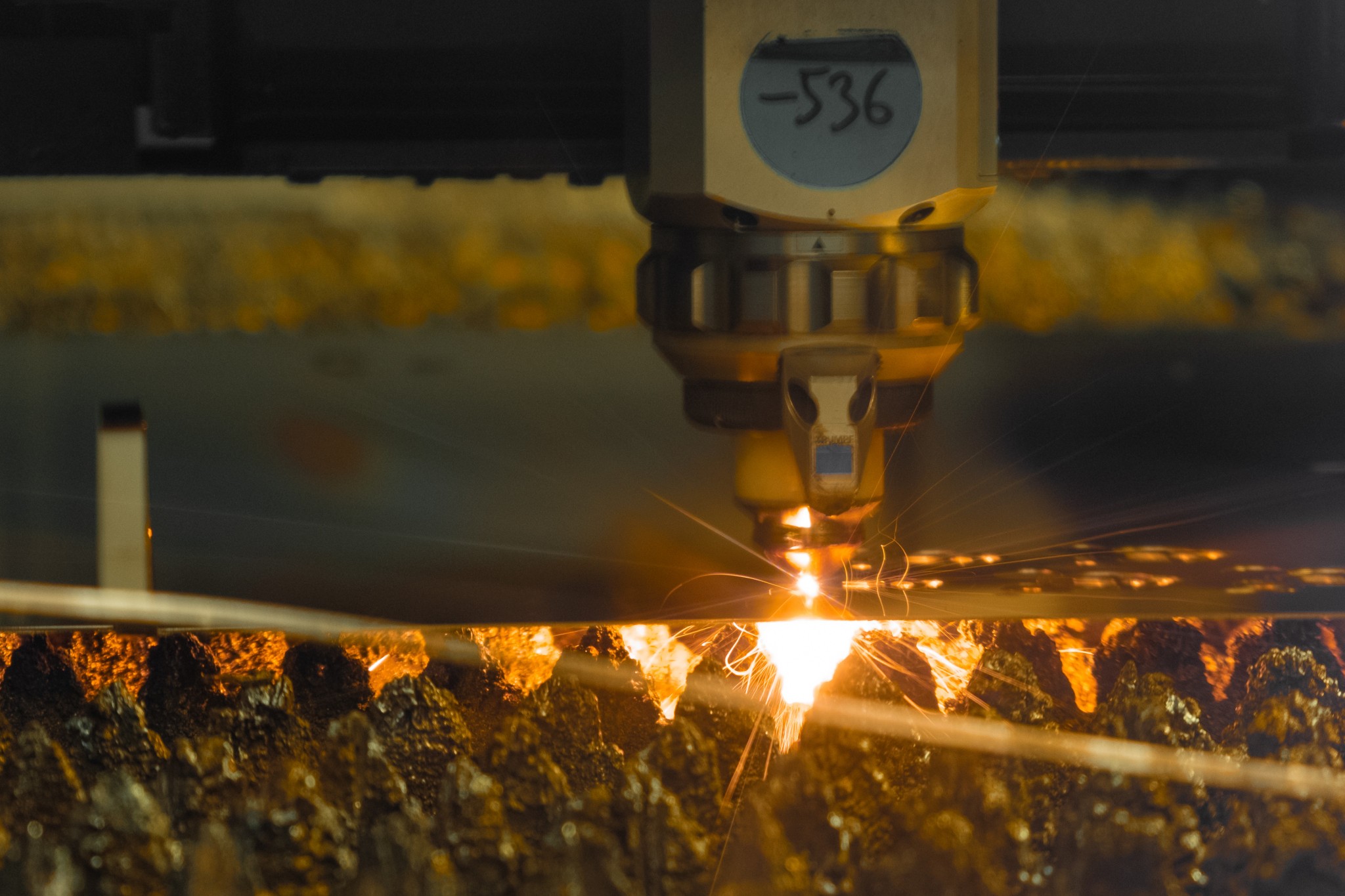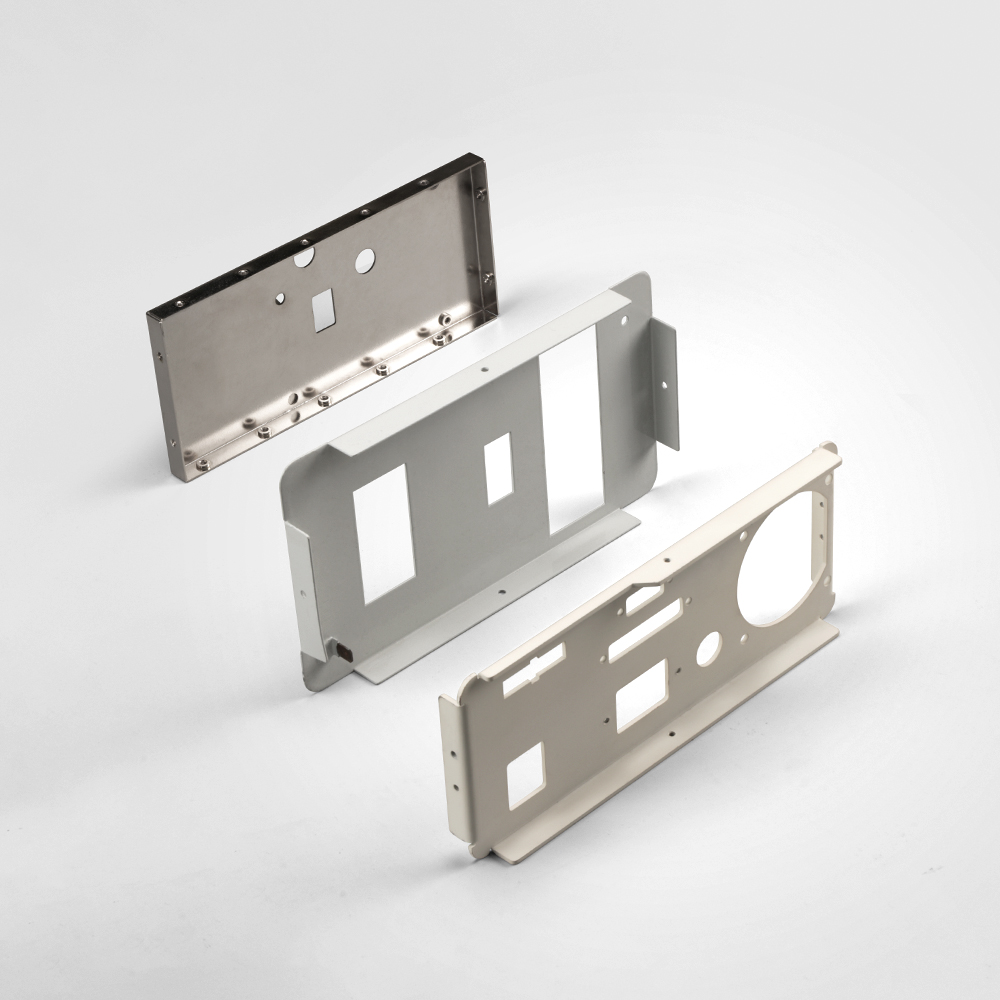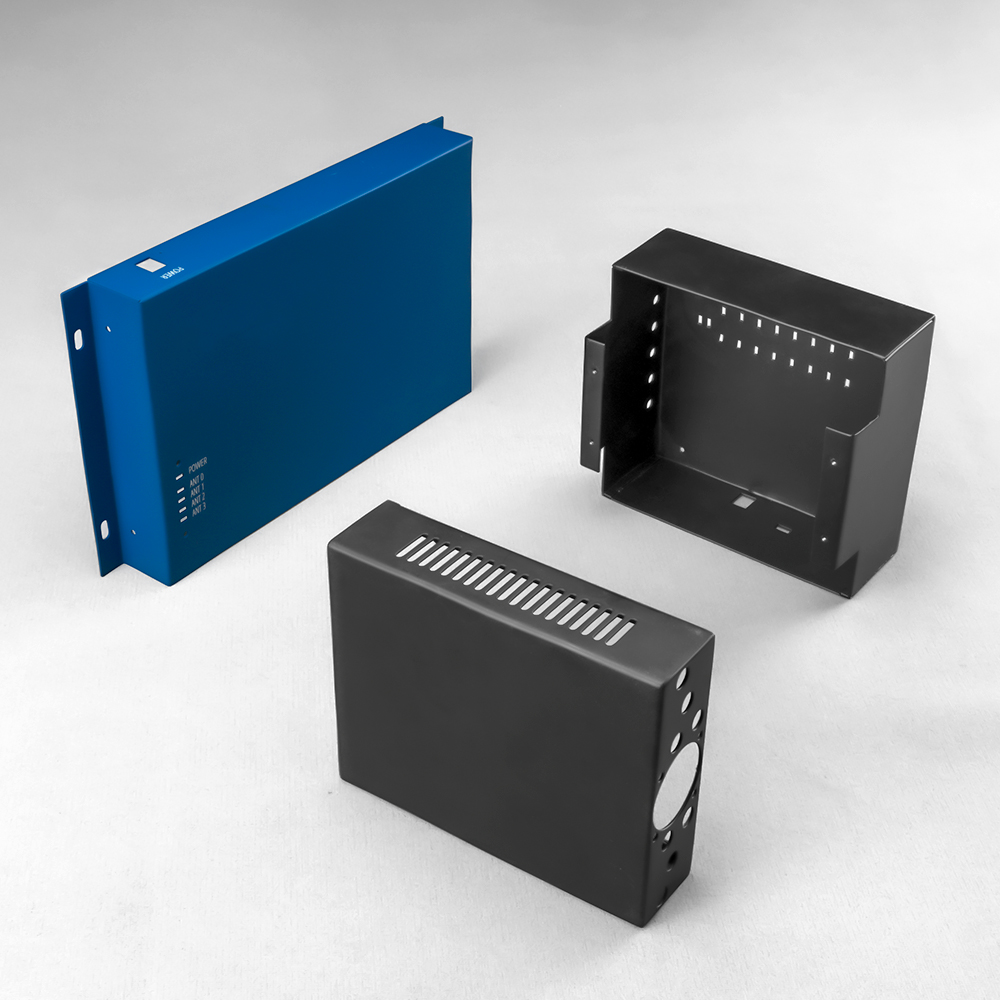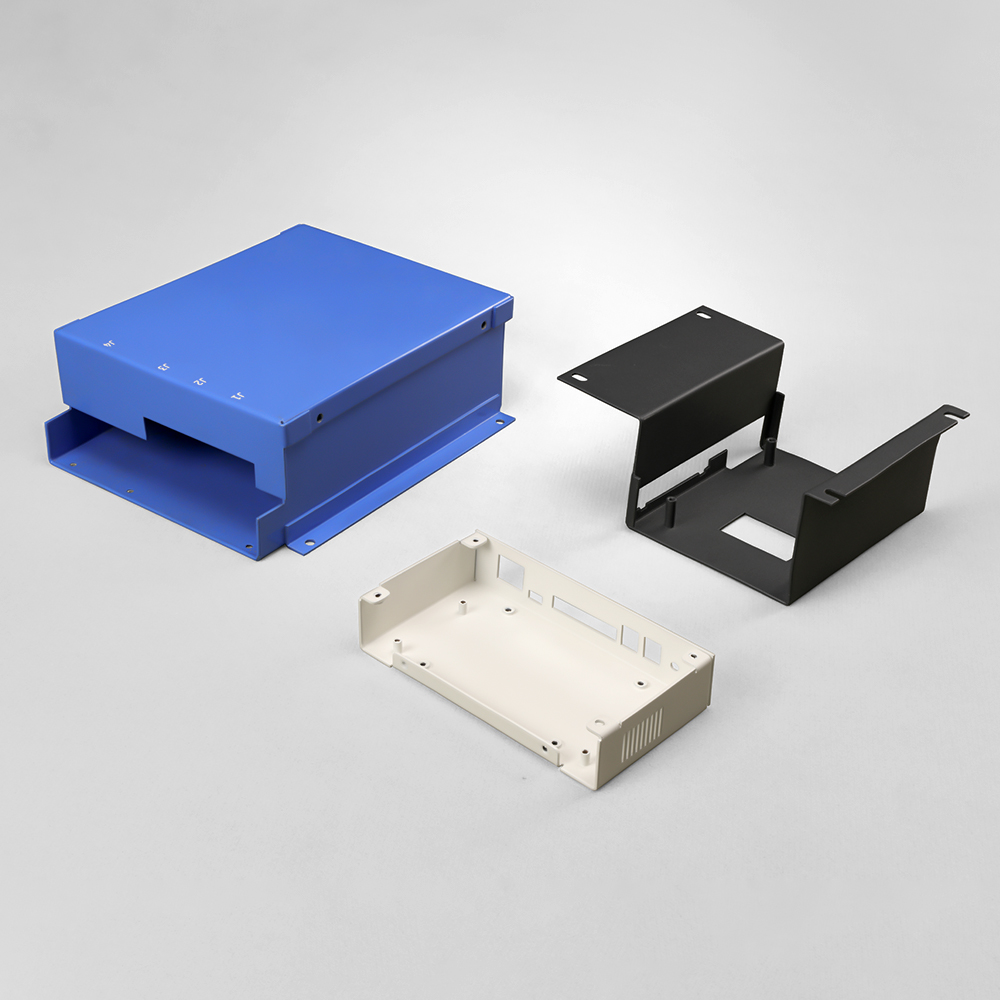Selecting the Appropriate Sheet Metal Fabrication Material: A Comprehensive Guide+ View more
Selecting the Appropriate Sheet Metal Fabrication Material: A Comprehensive Guide
+ View more
Date:2023-09-12 14:48
Introduction:
Choosing the right material is crucial in sheet metal fabrication. This article aims to provide a comprehensive guide on factors to consider when selecting the most suitable sheet metal fabrication material for your project.Abstract:
Sheet metal fabrication involves shaping and forming metal components, and selecting the appropriate material is vital for successful outcomes. This article presents key considerations to help you make informed decisions when choosing the optimal material for your sheet metal fabrication needs.1. Strength and Hardness:
- Determine required strength and hardness: Assess your project requirements and identify the desired level of strength and hardness. Some applications may demand high-strength materials, while others prioritize corrosion resistance or flexibility.
- Learn about material characteristics: Steel options such as cold-rolled steel and stainless steel typically offer high strength and hardness, whereas aluminum is lightweight and corrosion-resistant. Understanding the advantages and limitations of each material is essential in making an informed choice.2. Corrosion Resistance and Environmental Adaptability:
- Identify the working environment: Consider the environmental conditions in which your sheet metal product will be used. Some applications may involve exposure to humidity, acidity, or high temperatures, while others require resistance to corrosion or chemicals.
- Choose materials based on environment: Different materials exhibit varying levels of corrosion resistance and environmental adaptability. For example, galvanized steel offers excellent corrosion resistance in humid environments, while alloy steel can withstand high temperatures and pressures.

- Consider cost-effectiveness: Take budgetary constraints into account when selecting materials. Some options may have higher procurement costs but offer longer lifespans or special properties.
- Assess processability and complexity: Ensure the chosen material is easy to work with and meets the required complex shapes and processing requirements. Certain materials may be more easily bent, punched, or welded, while others may require higher technical expertise and costs.
- Prioritize sustainability: With the increasing demand for environmentally friendly products, considering materials with lower environmental impact has become crucial. For example, recycled aluminum is a sustainable option as it can be manufactured through recycling, and conserving energy.
- Research supply chains and material sourcing: Gain insights into the supply chain and production methods of chosen materials, ensuring compliance with environmental and social responsibility standards.
Conclusion:
Choosing the appropriate sheet metal fabrication material requires careful consideration of numerous factors. By understanding project requirements, strength and hardness needs, corrosion resistance, cost-effectiveness, processability, sustainability, and environmental impact, you can make informed decisions. Collaborating with sheet metal fabrication experts or suppliers will also provide valuable insights into various materials and assist in selecting the most suitable option based on your specific requirements and budget. Remember, investing time and effort into researching and selecting the right materials will yield long-term benefits in terms of product quality, performance, and lifespan.
Share to:
Recommend wonderful blog posts


